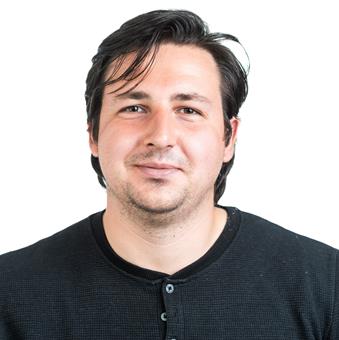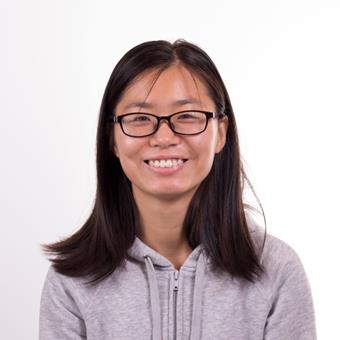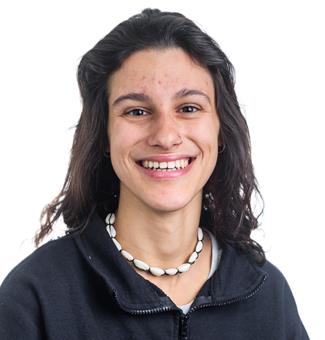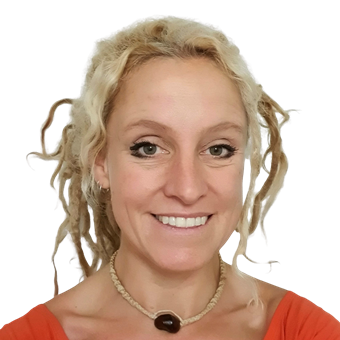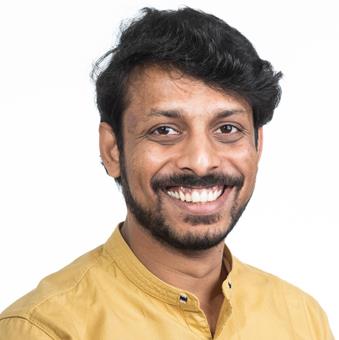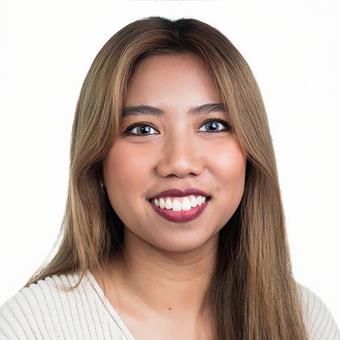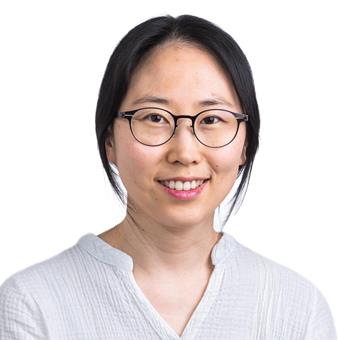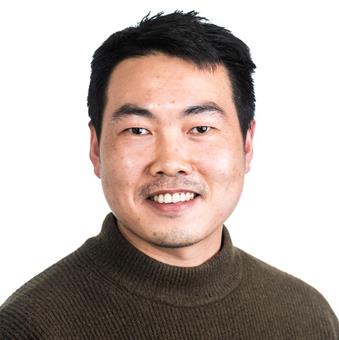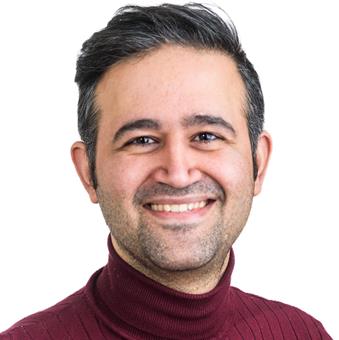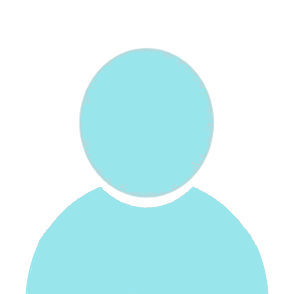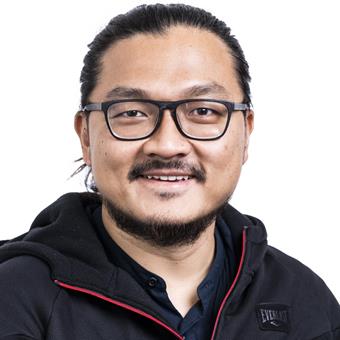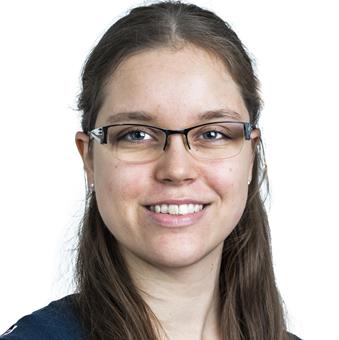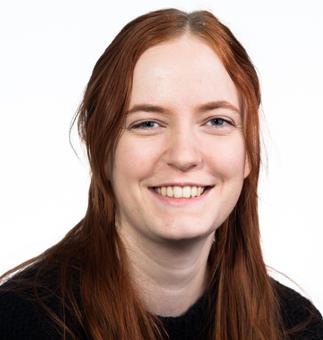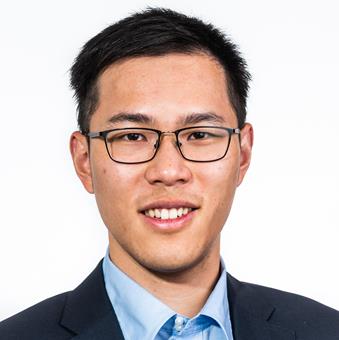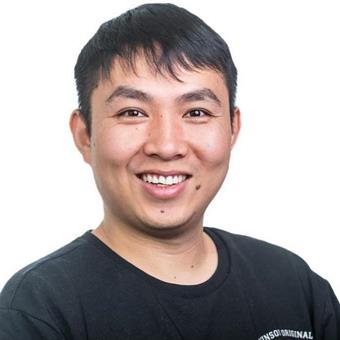Principal investigator: Klas Tybrandt
The living world around us is rarely flat, but often soft and constantly deforming. It is a grad challenge to adapt our hard and rigid technology to fit these geometrical and mechanical constraints. The Soft Electronics group develops composite materials, design concepts and devices to meet this challenge, moving electronics into the realm of soft and deforming systems.
Soft and elastic electrically conductive and semiconductive composite materials can be developed based on nanomaterials/conjugated polymers and elastomers. By tailoring the properties of the conductive filler and the morphology of the composite, high performance functional materials that can sustain large deformations can be achieved. The interaction between the nanostructured conductive filler and the elastomer matrix is of particular interest for understanding and developing new materials and devices.
Within the Soft Electronics group, which is part of the Laboratory of Organic Electronics LOE, we develop materials, design concepts and devices to address the challenges of soft and elastic electronics. We synthesize and employ nanomaterials and conductive polymers to develop composite materials based on a variety of rubbers. Another focus is fabrication technologies, a necessity for bringing our materials and concepts into actual components and devices. We address a wide range of applications, spanning from soft neural interfaces and bioelectronics to deformable displays and thermoelectrics.
Our long-term goal is to develop a technology which can transform our modern-day electronics into something which seamlessly can be integrated into most aspects of human life through various human-machine interfaces.
The Soft Electronics group is part of the Wallenberg Wood Science Center (WWSC) and the Wallenberg Initiative Material Science for Sustainability (WISE). The group is funded by the Knut and Alice Wallenberg foundation (KAW), the European Research Council (ERC), the Swedish Foundation for Strategic Research (SSF), the Swedish Research Council (VR), the Swedish Government Strategic Research Area in Materials Science on Advanced Functional Materials at Linköping University (AFM), the ÅFORSK foundation, and VINNOVA.


